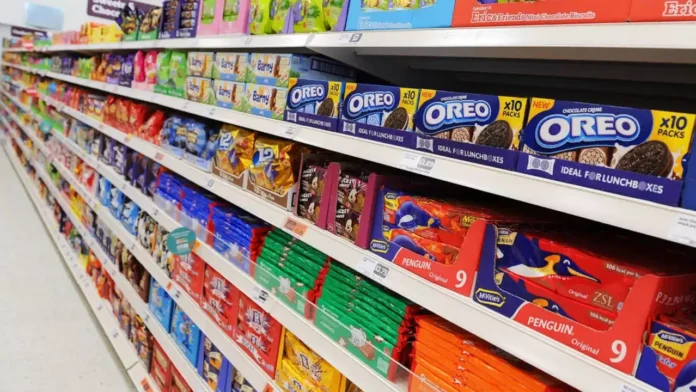The National Institute of Nutrition (NIN), in collaboration with the health ministry-backed Indian Council of Medical Research (ICMR), has for the first time recommended thresholds for sugar content in packaged foods and beverages.
The potential effects of this decision might reverberate across a wide array of branded soft drinks, juices, cookies, ice creams, cereals, and various other products both online and on store shelves.
Shift from Calorie Thresholds to Sugar Content
This signals a change from the previous system of calorie thresholds for beverages and foods. The NIN-ICMR dietary guidelines have been updated after 13 years.
Packaged foods company executives, on the other hand, argued that the new guidelines are impractical. They stated that if the government chooses to adopt and enforce these recommendations, most branded food and beverage companies would have to alter their formulations.
Continue Exploring: Nestle faces regulatory heat as FSSAI launches probe into Cerelac sugar controversy
“A clear definition of these terms has been established for the first time, aligning with global best practices,” stated a senior executive from Hyderabad-based NIN. “While it’s generally accepted that foods high in sugar, salt, and fat, as well as highly processed foods, should be limited, there hasn’t been a definitive definition of these terms in India until now, neither by regulators nor researchers.”
Specifications of Updated Dietary Guidelines
The move comes amidst mounting worries about increasing rates of obesity and diabetes, along with debates surrounding the high sugar content in products like Bournvita and Cerelac, both online and in other forums. Crafted by a diverse committee of experts, the updated guidelines specify that for solid foods, the “limit for sugar has been determined to be approximately 5% of energy from added sugar, and should not surpass 10% of energy from total sugar.”
For beverages, the limit for sugar has been set at approximately 10% of energy from added sugar, with a cap of 30% of energy from total sugar, which includes naturally occurring sugars found in fruit juices, milk, etc.
Continue Exploring: Ministry directs e-commerce platforms to remove Bournvita and similar beverages from ‘health drinks’ category
It has been learned that packaged foods companies are preparing to collectively address the issue with ICMR and NIN within the next 10 days. “The guidelines were not developed in consultation with major packaged foods and beverage companies,” stated the head of one of India’s leading packaged foods manufacturers.
“These guidelines are not pragmatic and are predominantly theoretical. According to them, even fundamental foods would not meet the criteria for being labeled ‘healthy’.”
A senior executive from another beverage company remarked that expecting them to alter formulations would be “impractical and unrealistic… We already provide information to consumers on packaging regarding sugar content, allowing them to make informed choices.” Conversely, health advocates emphasized the importance of informing consumers about dietary guidelines.





